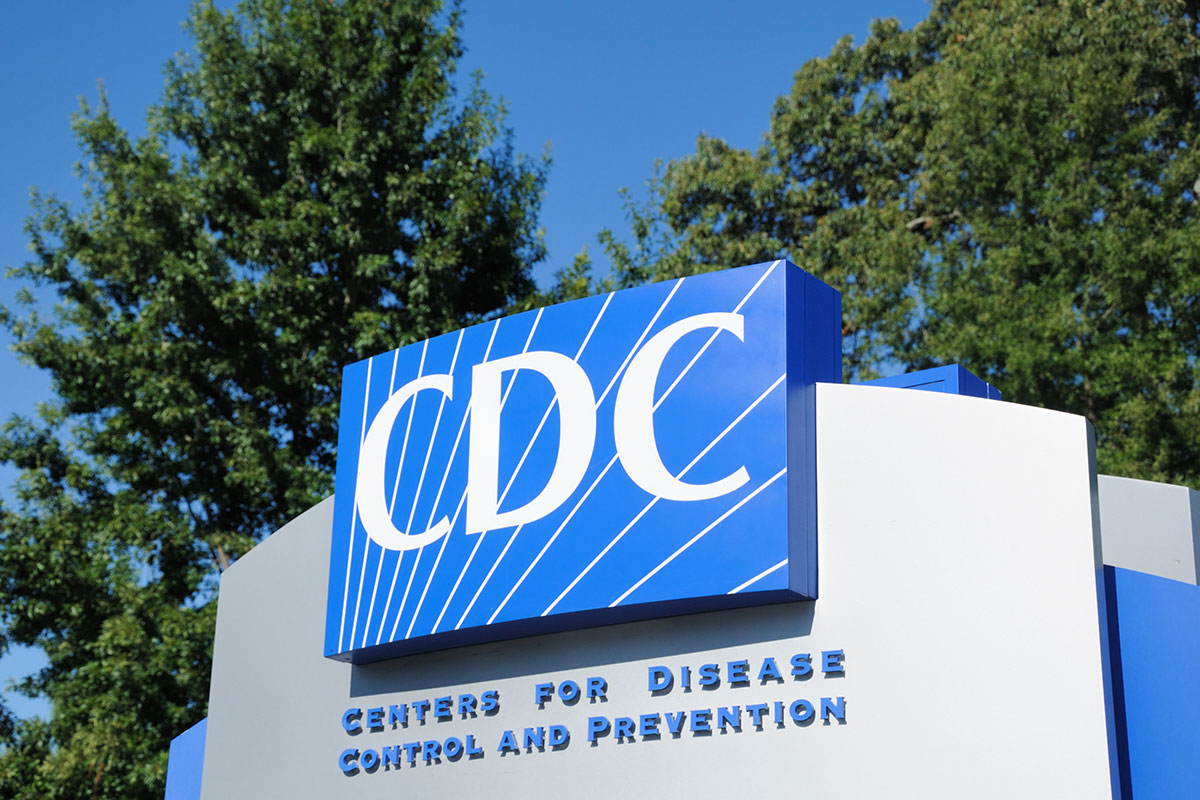-
Services
Featured Specialties
-
Locations
Location Type
-
Patients & Visitors
Published May 10, 2022

A cluster of hepatitis cases in Alabama resulted in the hospitalization of several young children, prompting a CDC health alert. While the CDC says patients tested negative for hepatitis A, B and C, they tested positive for adenovirus strain type 41.
Hepatitis is a general term used to signify the presence of liver inflammation and injury and there is a wide spectrum of causes. Toxins like alcohol and medications can cause certain kinds of hepatitis, while other kinds may arise from autoimmune conditions or viral infections. One virus that is not classically associated with hepatitis is adenovirus.
Joseph Lim, MD, Associate Chief of Digestive Health at Yale New Haven Health and Director of the Yale Viral Hepatitis Program says adenovirus strain type 41 can be commonly seen this time of year, but is rarely associated with liver injury in immunocompromised children. The observation of severe hepatitis in children with normal immune systems who are infected with adenovirus type 41 has raised questions as to whether there are other environmental factors which are causative or may predispose to liver inflammation.
In light of the emergence of the hepatitis outbreak, children who experience symptoms of a viral infection should be considered for liver testing, which typically requires a blood draw.
"Our liver experts are on the lookout for suspected cases,” said Thomas Murray, MD, Associate Medical Director of Infection Prevention for Yale New Haven Children’s Hospital and Associate Professor at the Yale School of Medicine. “Our virology laboratory has the expertise to quickly identify infectious causes if a child has symptoms and is diagnosed with hepatitis.”
Classic hepatitis symptoms may overlap with those of any viral infection, including fatigue, loss of appetite, nausea, vomiting, abdominal pain, and fever. More liver-specific symptoms may include jaundice (yellowing of skin), icterus (yellowing of eyes), dark urine (black/brown), and clay colored stool (white/grey).
Unfortunately, there is no specific antiviral treatment available for the patients impacted by the hepatitis outbreak. Dr. Lim said the first step is providing supportive care, which includes rest and hydration since some cases can resolve on their own. The most important step is for physicians to determine the severity of the hepatitis to inform decisions on whether the affected child may require treatment In the hospital setting because of the risk for liver failure.
“Historically, the proportion of patients who develop liver failure due to acute viral hepatitis is less than 1%.,” Dr. Lim said. “Among the patients who have developed non-A-E hepatitis of unknown origin, approximately 10% have developed liver failure which has required liver transplantation or resulted in death, thus underscoring the urgent need for clarification on etiology and establishing clear guidance on optimal treatment.”
The CDC recommends clinicians be on the lookout for potential cases of hepatitis in children with viral symptoms, and specifically to consider adenovirus testing in children with acute hepatitis. In each of these cases, physicians should work with local, state, and federal public health authorities for reporting and clinical guidance.
In the meantime, it doesn’t hurt to continue to practice the infection prevention measures we have embraced in context of the COVID pandemic including the use of masks, hand washing, avoiding close contact with sick individuals, and avoiding touching the eyes, nose and mouth as strategies to decrease the spread of viruses.